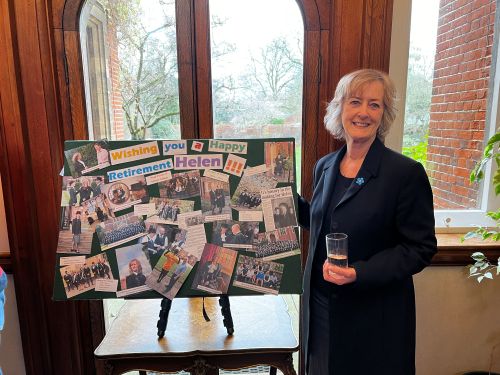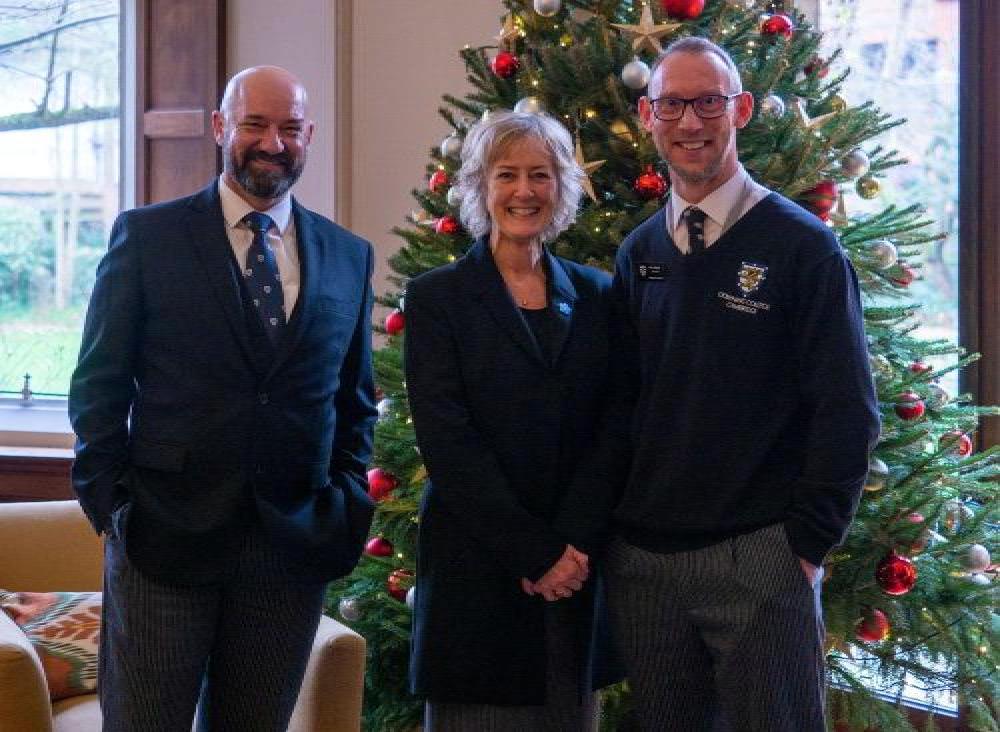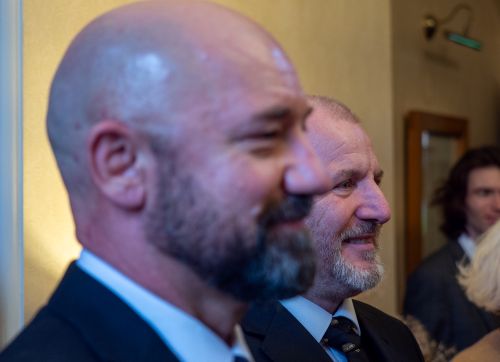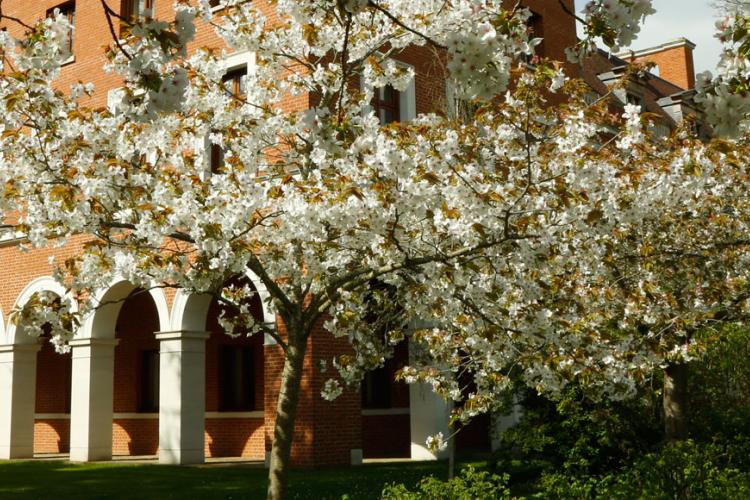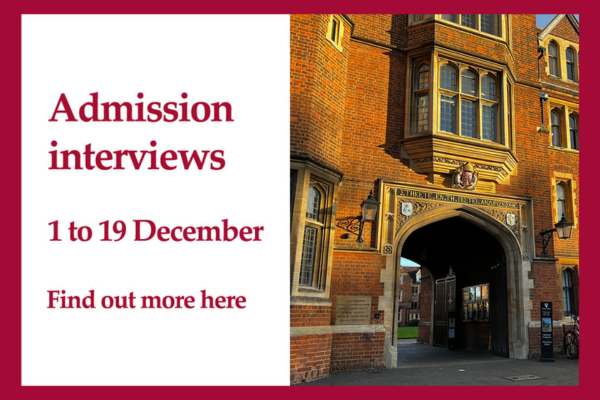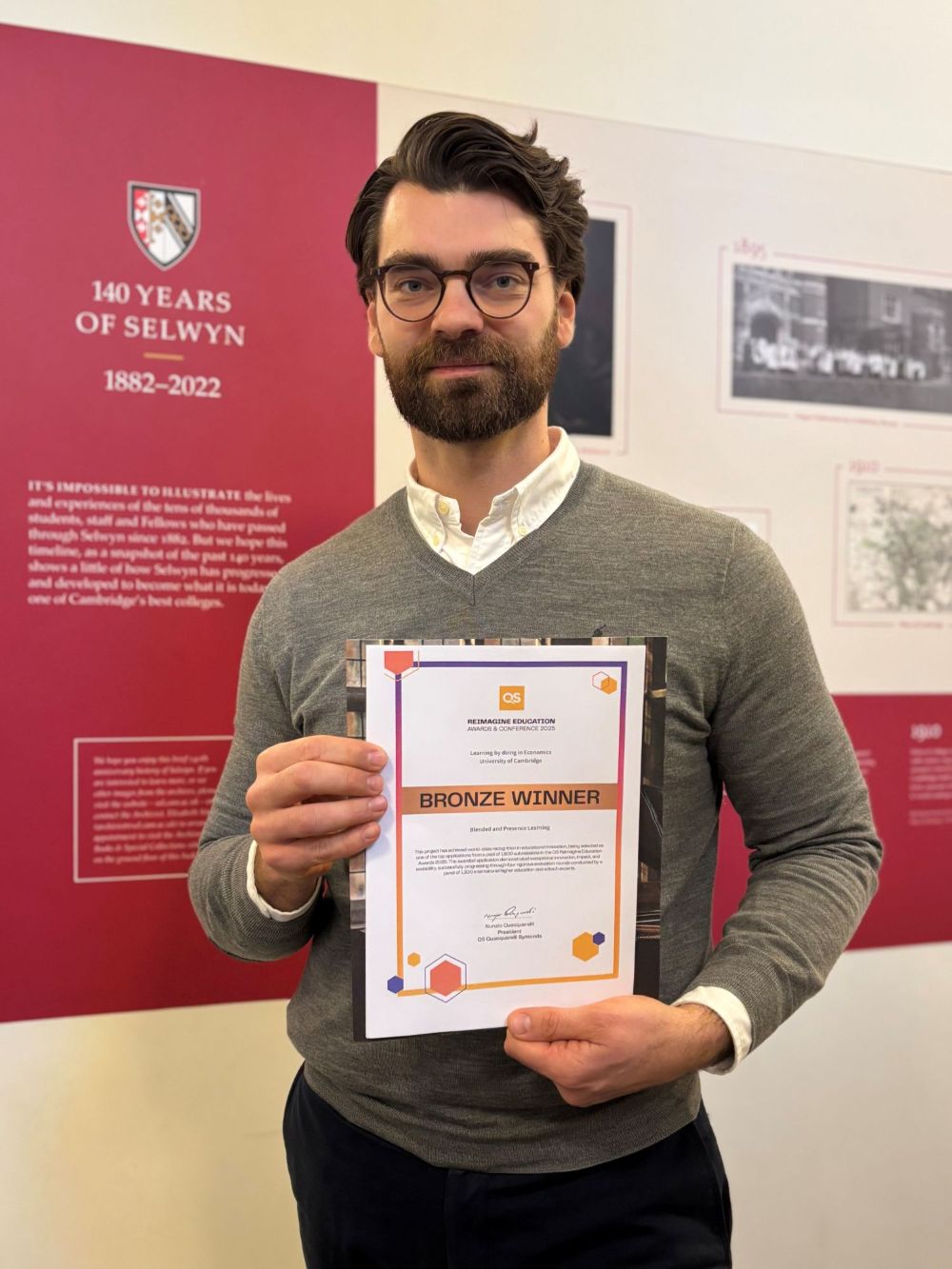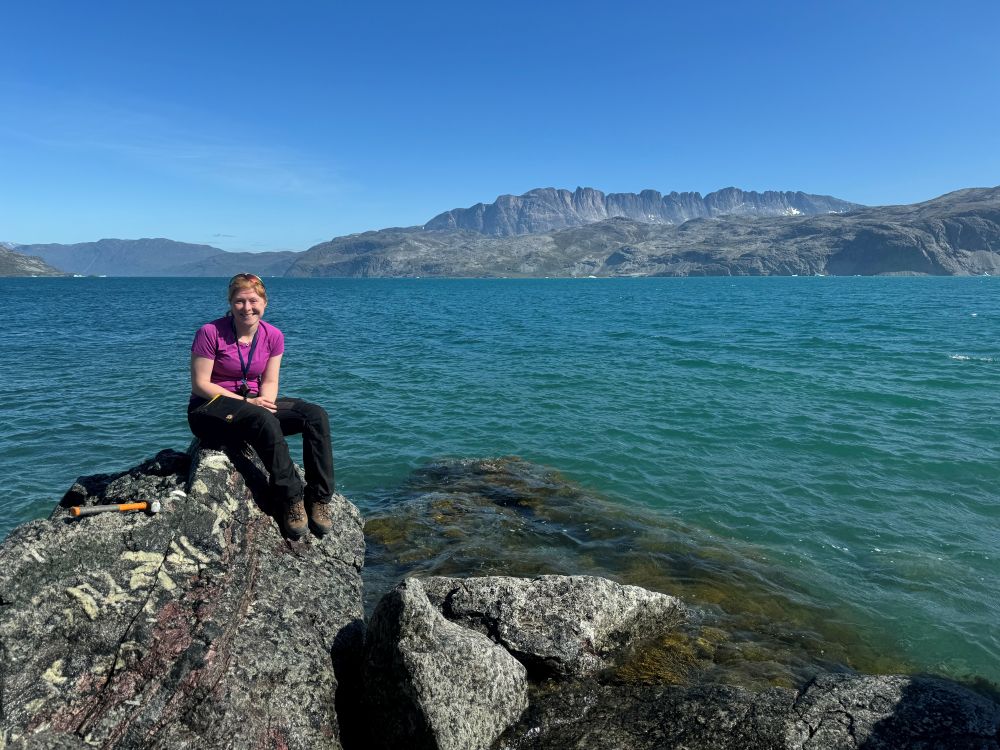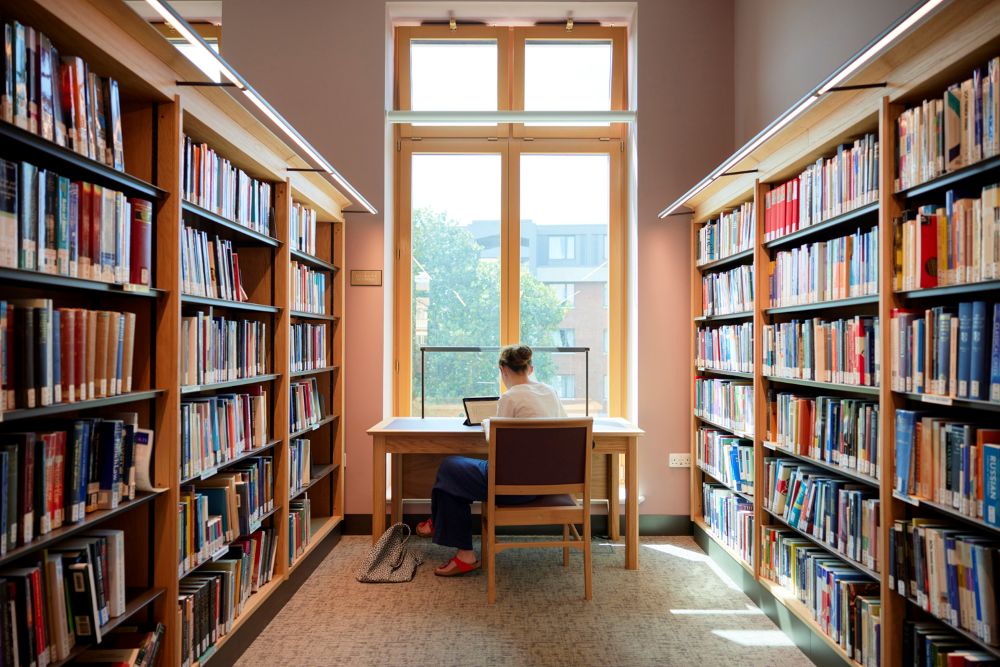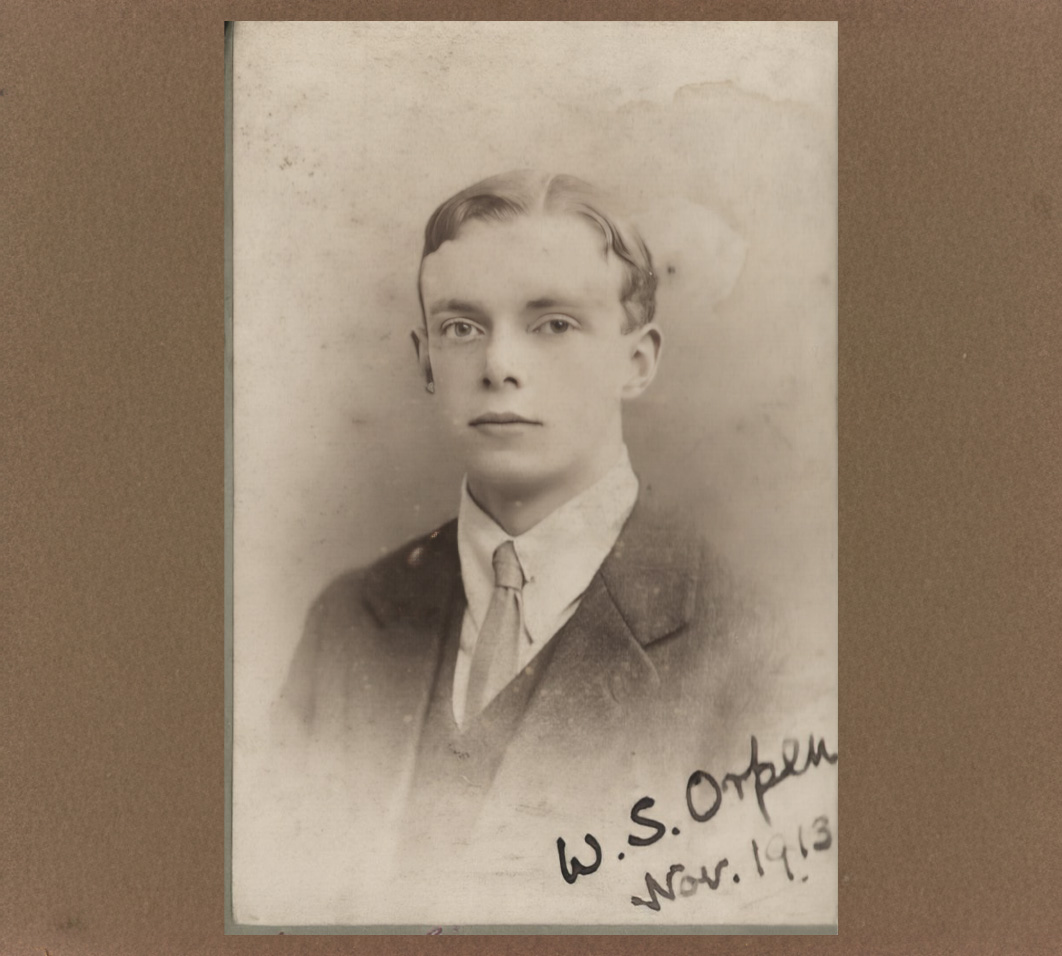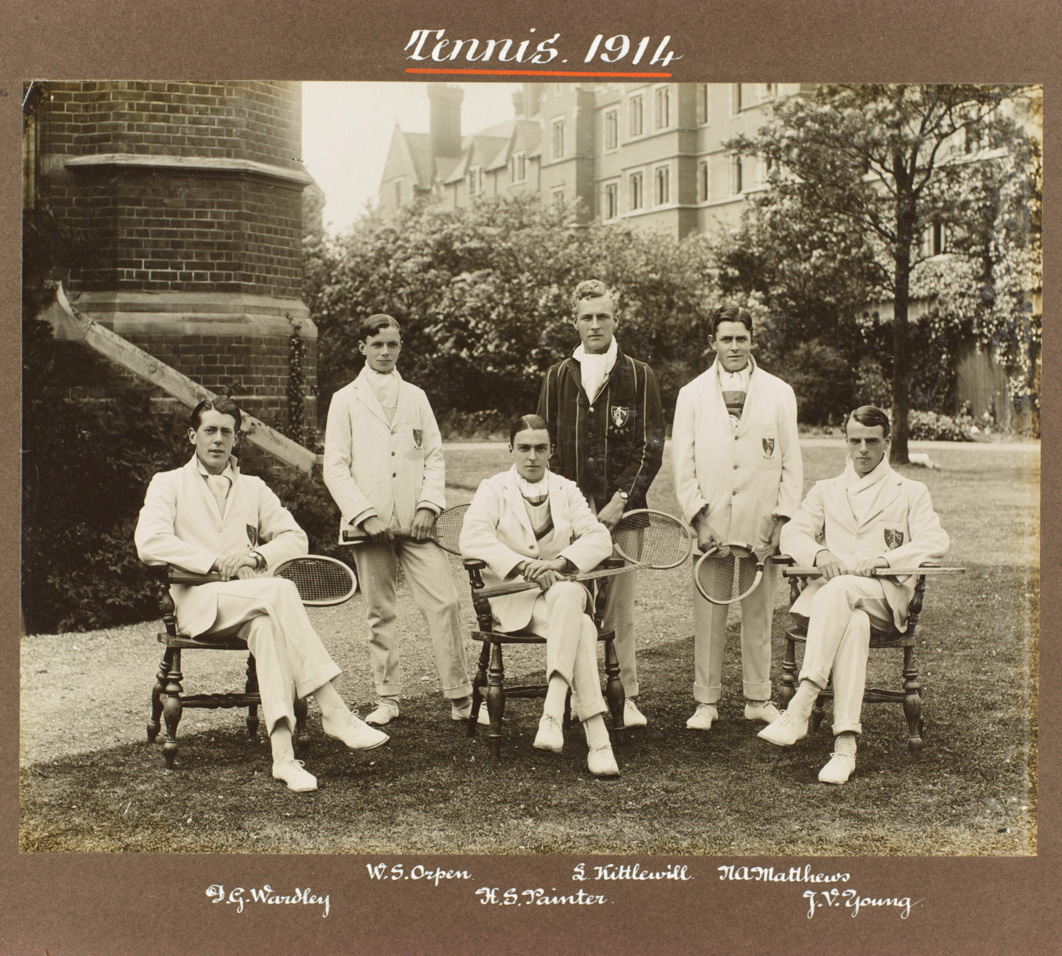Among the stunning images of fieldwork in Greenland on Dr Carrie Soderman’s phone is something unexpected for an earth scientist. There are pictures of her in dazzling costumes and fake tan in her alter-ego as a world class Latin American formation dancer.
Postdoctoral research associate in Earth Sciences and Selwyn Fellow, Carrie will be jetting off to represent the United Kingdom in the 2025 WDSF World Formation Latin Adult Championships on 13 December in Austria. This is a team sport, with Carrie in one of eight couples in the A team from XS Latin, a dance club specialising in Latin formation dancing.
“It is hard work. It is mentally stimulating in a different way to my research work. It is synchronised Latin American dancing, and the routine tells a story.” Carrie explains.
They move in patterns to dance the Cha cha cha, Samba, Rumba, Paso doble, and Jive in one six-minute routine.
Carrie and her twin sister were ballroom dancing from a very early age but they both stopped as their studies took priority.
Carrie explained how she joined Cambridge based XS Latin, named because many of its founder members in 1997 were former (‘ex-‘) students of the University.
“I got re-hooked into dancing during my PhD. It was an easy choice to join a group of like-minded people wanting to compete together.
“I don’t do it for the fake tan, layers of make-up and even shoe-polish in my hair,” said Carrie. “But all that does put me in a performance frame of mind.”
The attention to detail to make sure everyone looks synchronised extends beyond the costumes. Even details like matching colour hair can improve results, Carrie said. This year their routine is inspired by the musical Hamilton.
“I love being part of XS, it is challenging as each of the dance styles has specific skills, but it is very rewarding seeing how we develop as a team.”
Above: Carrie pictured on a rock in Greenland and in her alter-ego with her dance partner JJ
XS Latin has three teams, A, B and C, and has won the British National championships 11 times. Carrie is in the A team, dancing with JJ who is a lawyer based in London. The club will be holding castings for new members early next year, and everyone is welcome to audition, from complete beginners up to experienced dancers.
Updated: XS Latin Cambridge A Team came ninth in the competition, and the B Team were in 11th place.
The 2025 WDSF World Latin Formation Championships is the premier annual international competition in Latin dance sport for formation teams, according to its website. A & B teams are going from XS Latin, and will compete against teams from Germany, Austria, Poland, Ukraine, Mongolia, and more. XS came ninth last year.
Carrie said the team would love to match or improve its result from last year : “We want to do better and better each year. This routine is one of the most technically challenging we have put together, and we are excited for its WDSF Worlds debut.”
Carrie held a Henslow Research Fellowship at Selwyn from 2022-2025, and is the postgraduate representative on the UK's Mineral Studies Group committee. She completed her PhD in Earth Sciences in 2022, following a BA (Natural Sciences) and MSci (Earth Sciences).
Picture credits: Owen Weller, Charles Wei and Carrie Soderman
